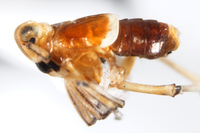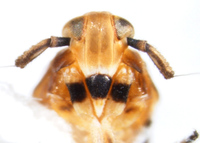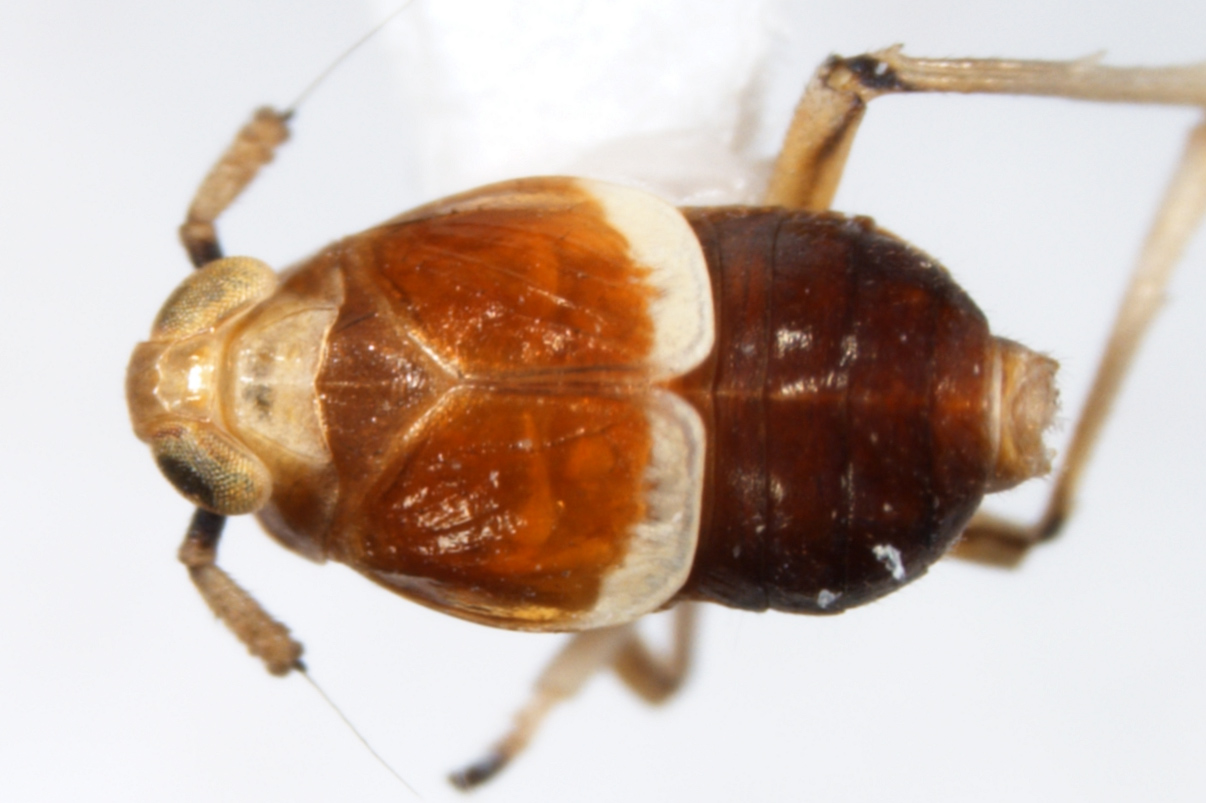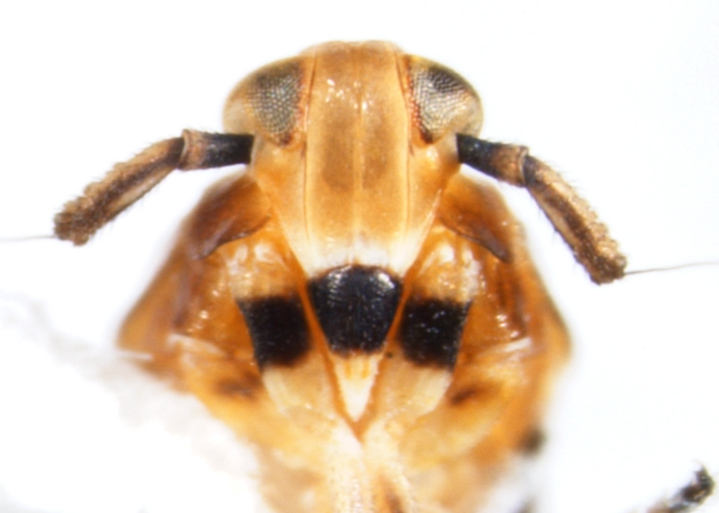|
|
|
|
Species Photo Gallery for Pissonotus delicatus No Common Name 3 |
 | Photo by: unknown
Out Of State Co.
Comment: collection info incomplete; date unknownrnmalernphotos provided by C.R. Bartlett |  | Photo by: unknown
Out Of State Co.
Comment: collection info incomplete; date unknownrnmalernphotos provided by C.R. Bartlett |
 | Photo by: unknown
Out Of State Co.
Comment: collection info incomplete; date unknownrnmalernphotos provided by C.R. Bartlett |

 »
»



 »
»

